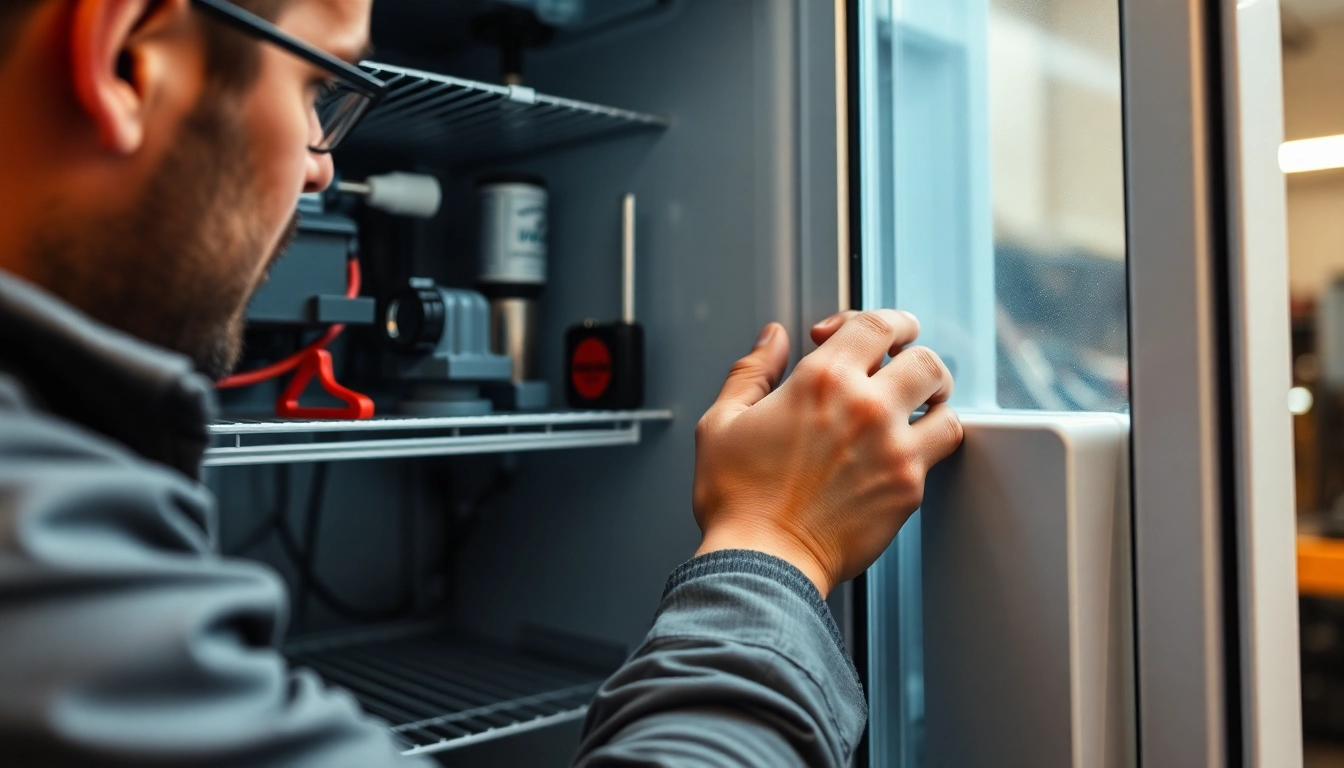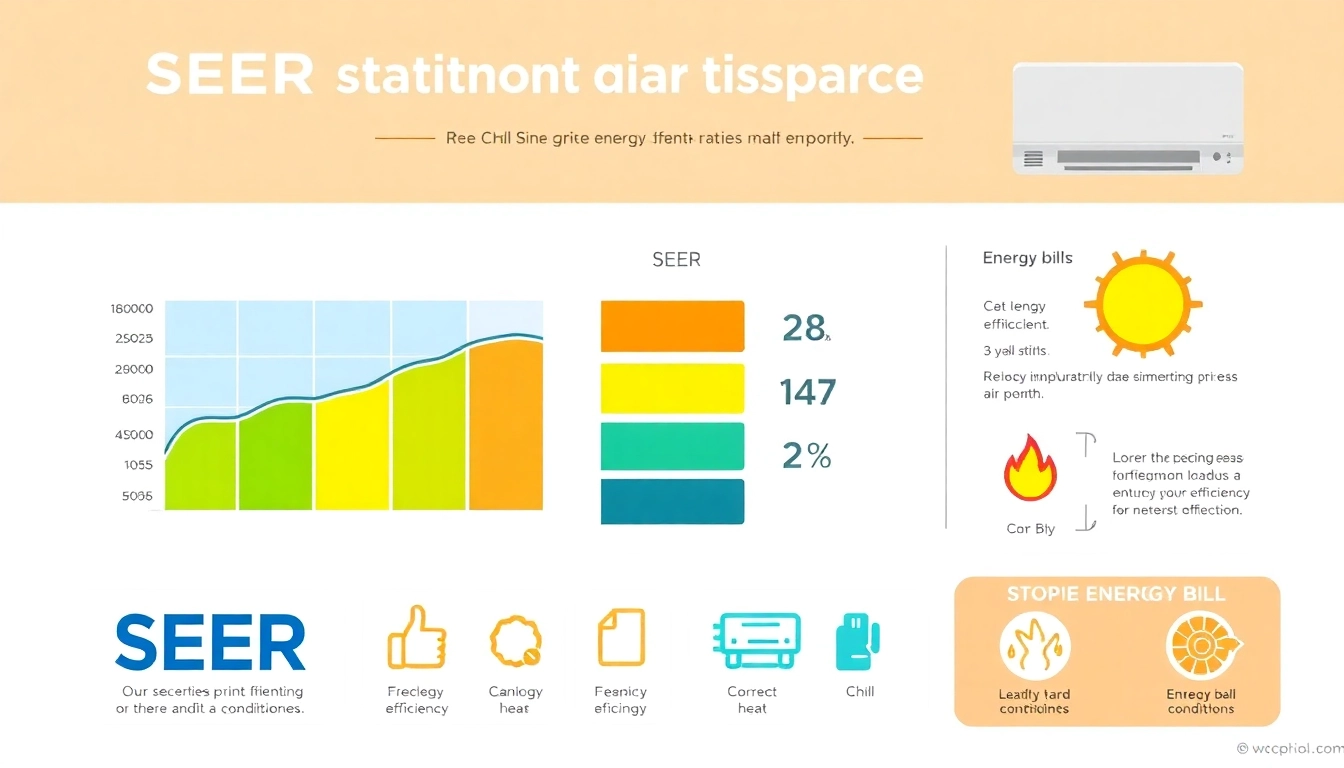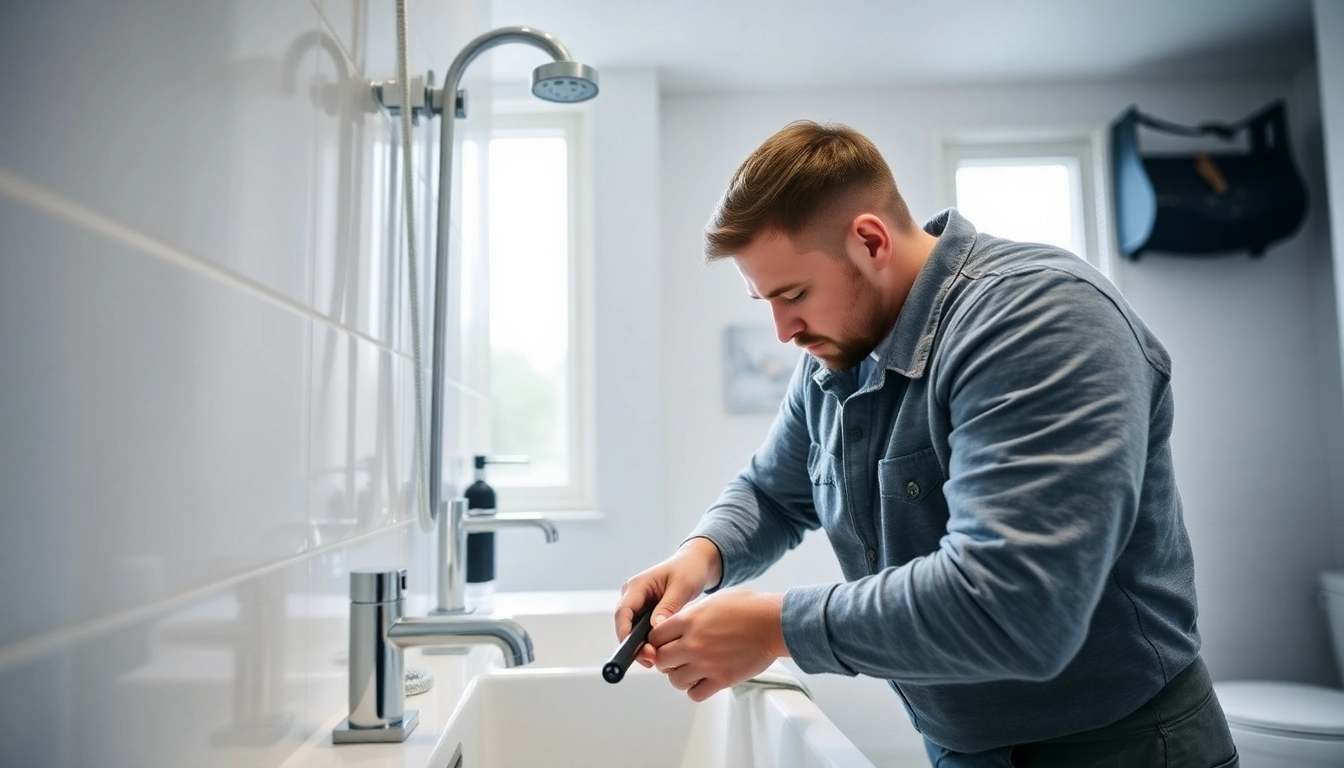Understanding Beverage Cooler Systems
Beverage coolers have become essential appliances in homes, offices, and commercial establishments, playing a crucial role in maintaining the quality of beverages. Whether you enjoy wine, beer, or soft drinks, it’s vital to keep these drinks at the right temperature while ensuring the appliance operates efficiently. This guide delves into the intricacies of beverage cooler repair, helping you understand common issues, maintenance practices, and when to seek professional help. For specific repair services, you can explore beverage cooler repair options to keep your cooler functioning optimally.
1. Components of Beverage Coolers
A beverage cooler typically consists of several key components that work in tandem to keep your drinks cold. Understanding these parts not only helps in identifying issues but also in performing repairs. The main components include:
- Compressor: This is the heart of the refrigeration cycle, compressing refrigerant and facilitating its circulation throughout the unit.
- Condenser Coils: These coils dissipate heat from the refrigerant, allowing it to cool down and transition into a liquid state.
- Evaporator Coils: Located inside the cooler, these coils absorb heat from the beverage compartment, keeping the interior cool.
- Fan: The fan distributes cool air from the evaporator throughout the internal space, ensuring uniform cooling.
- Thermostat: This component regulates the temperature, turning the compressor on or off as needed to maintain set temperatures.
- Drain Pan: This collects any condensation that forms within the cooler, preventing water accumulation and potential damage.
2. Common Cooling Problems in Beverage Coolers
Even the best beverage coolers can face issues over time. Some frequent problems include:
- Inadequate Cooling: This is often a symptom of dirty condenser coils, a malfunctioning thermostat, or insufficient refrigerant levels.
- Excessive Noise: Loud or unusual sounds can indicate that the fan or compressor is failing or obstructed.
- Inefficient Energy Use: If your cooler is consuming more power than usual, it might be due to a faulty compressor, refrigerant leaks, or inadequate insulation.
- Frost Buildup: Frost can accumulate due to a malfunctioning defrost cycle or blocked air vents, impacting the cooler’s efficiency.
3. How the Refrigeration Cycle Works
Understanding the refrigeration cycle is essential for troubleshooting beverage coolers. The cycle involves four key stages:
- Compression: The compressor compresses the refrigerant gas, increasing its pressure and temperature.
- Condensation: The hot, high-pressure gas travels to the condenser coils, where it releases heat and condenses into a high-pressure liquid.
- Expansion: The liquid refrigerant passes through a expansion valve, where its pressure drops, transforming it into a low-pressure liquid.
- Evaporation: The low-pressure liquid enters the evaporator coils, absorbing heat from the beverage compartment and evaporating back into gas, thus cooling the interior.
Identifying Issues: Signs Your Beverage Cooler Needs Repair
Recognizing the early signs of a malfunctioning beverage cooler can save time and money on repairs. Pay attention to the following signs:
1. Warning Signs of Poor Performance
If your beverage cooler is no longer maintaining the desired temperature, this should raise red flags. Other warning signs include:
- Frequent cycling on and off.
- Presence of strange odors or unusual sounds.
- Visible frost buildup or ice in the cooler.
2. Diagnosing Temperature Control Problems
Temperature issues often stem from a malfunctioning thermostat. Here’s how to diagnose the problem:
- Check the thermostat setting to ensure it’s set correctly.
- Listen for the compressor; if it’s not running, it may need replacement.
- Inspect the evaporator and condenser coils for dirt or blockage.
3. Electrical Issues to Look Out For
Electrical problems can affect your beverage cooler’s performance significantly. Be attentive to these signs:
- Tripped circuit breakers or blown fuses.
- Inconsistent power supply to the cooler.
- Electrical burning smells indicating potential wiring issues.
DIY Approaches to Beverage Cooler Repair
While some issues warrant professional intervention, others can be addressed with simple DIY fixes. Here’s how you can handle common problems:
1. Simple Fixes You Can Try at Home
Start with basic maintenance to resolve minor issues:
- Cleansing the Coils: Regularly clean the condenser coils with a vacuum or a brush to enhance efficiency.
- Defrosting the Cooler: If frost builds up, turn the cooler off and allow it to defrost to restore cooling efficiency.
- Checking Door Seals: Ensure that door seals are intact to keep cold air from escaping.
2. Replacing Common Parts
Some parts can be replaced easily, enhancing your cooler’s performance:
- Thermostat Replacement: If your cooler fails to maintain temperature, a thermostat replacement could solve the issue.
- Fan Motor Replacement: If the fan isn’t rotating, inspect and replace the fan motor for efficient air circulation.
- Compressor Replacement: This is a more advanced DIY option; consider this only if you’re experienced with appliance repairs.
3. Maintenance Tips for Longevity
To ensure your beverage cooler runs smoothly for years, implement regular maintenance checks:
- Clean the interior lining and storage racks regularly.
- Check and replace water filters if applicable.
- Monitor the cooler’s performance to detect and address issues early.
When to Seek Professional Help
Sometimes DIY repairs aren’t enough, and professional help becomes necessary. Here’s how to know when to call in the experts:
1. Recognizing Complex Repair Needs
Certain problems exceed DIY capabilities, including:
- Sealed system repairs, as they require specialized tools and knowledge.
- Extensive electrical issues that pose safety risks.
- Compressor replacements that require more technical skills.
2. Cost-Benefit Analysis of Professional Repairs
Before engaging a repair service, conduct a cost-benefit analysis:
- Estimate the repair costs against the cooler’s value.
- Consider warranty coverage for repairs on newer models.
- Assess potential savings from an upgraded model versus repairs.
3. Finding Trusted Repair Services
When seeking professional help, look for reputable service providers:
- Check online reviews and ratings to gauge quality.
- Ask for quotes from multiple providers to ensure fair pricing.
- Verify their certification and experience in cooler repair.
Regular Maintenance Practices for Beverage Coolers
Implementing regular maintenance practices can significantly extend the lifespan of your beverage cooler. Here are some recommended practices:
1. Cleaning and Taking Care of Your Cooler
Regular cleaning is essential for optimal performance:
- Wipe the exterior and interior surfaces with mild detergent regularly.
- Remove and clean any removable components like shelves and racks.
- Ensure drainage systems are clear of debris to prevent moisture buildup.
2. Seasonal Maintenance Checklist
Follow a seasonal checklist to keep your cooler in top shape:
- Inspect the seals and gaskets for wear and tear.
- Evaluate the refrigerant levels and refill if needed.
- Run a thorough cleaning of the coils at least twice a year.
3. Extended Lifespan Insights and Tips
To maximize the lifespan of your beverage cooler, consider the following tips:
- Position the cooler away from direct sunlight and heat sources.
- Ensure it’s placed on a sturdy, level surface for balanced operation.
- Avoid overloading the cooler, which can strain components.
In conclusion, a well-maintained beverage cooler can provide years of reliable service. By understanding how these appliances work and recognizing signs of trouble early, you can take appropriate action, whether through DIY repairs or professional service. Treat these guidelines not just as troubleshooting tips but as a comprehensive approach to appliance longevity and efficiency.



